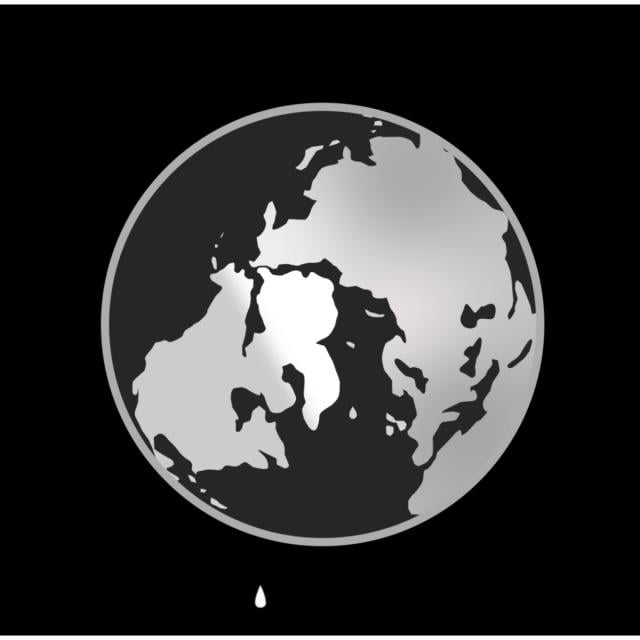MOOC List is learner-supported. When you buy through links on our site, we may earn an affiliate commission.

MOOC List is learner-supported. When you buy through links on our site, we may earn an affiliate commission.
Do I need prior knowledge?
No prior knowledge is needed for this course; participants should only come equipped with natural curiosity and a willingness to invest time in understanding an environmental issue of global concern. The terms and concepts are targeted at an educated public, not specialists, but resources will be provided so those who are motivated can explore some issues in more depth.
Syllabus
WEEK 1
Welcome to the Сourse
This module represents the course content and its author as well as contains the additional materials to the course
What is the Arctic, where is it and why should we be interested in it?
This module will introduce the INTERACT basis of the course and brief description as well as give different definitions of the Arctic, characteristics of the Arctic, peoples of the Arctic, Ecosystem Services and global connections.
Changing landforms: the legacy of glaciers and permafrost
In this module we will talk about glacial erosion, moraines, ice dams and tsunamis.
WEEK 2
Permafrost and its effects
In this module you will learn about permafrost characteristics, changes and effects on landscapes, hydrology and infrastructure.
Snow and ice
This module will introduce changing snow conditions, snow as an insulator, pollutants in snow, life in snow, melting ice, glacier dynamics and effects.
WEEK 3
Land-atmosphere linkages
This module represents examples of biogeochemical and biogeophysical feedbacks to climate and what a feedback is. In this module we discuss carbon dioxide, methane, volatile organic compounds, albedo, energy exchange.
Life on cold lands
This module is dedicated to the arctic life zone, arctic plants and animals, population cycles, species interactions, the “greening” of the Arctic.
WEEK 4
Life in cold waters
In this module we will talk about high latitude lakes as indicators of environmental change past and present, changes in lake ice; the importance of water colour; wet surfaces and microbes, water plants and animals.
The People of the Arctic
In this module you will learn about what changes in the Arctic mean do for the People of the Arctic and how they can work with scientists.
WEEK 5
The global Community affected by the changing Arctic
This module is dedicated to challenges and opportunities of Arctic change; winners and losers; widening inequalities.
What can we do to understand the changes and their consequences?
In this module you will learn about INTERACT’s role in arctic collaboration, global and region initiatives, public involvement.
MOOC List is learner-supported. When you buy through links on our site, we may earn an affiliate commission.
MOOC List is learner-supported. When you buy through links on our site, we may earn an affiliate commission.
